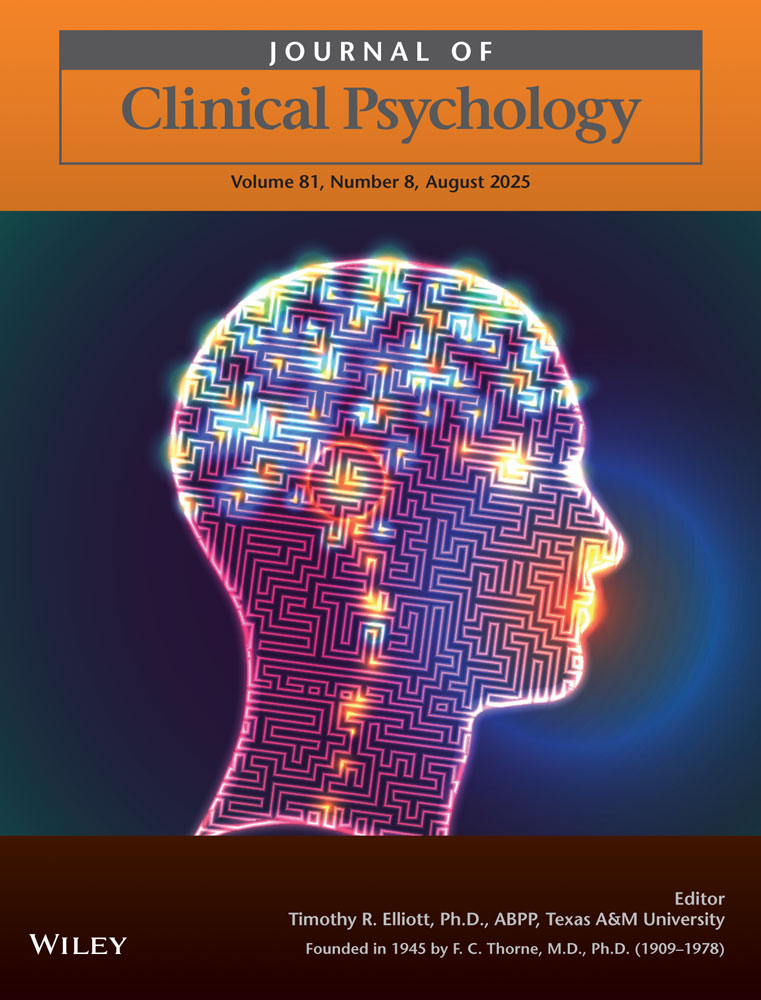Schizophrenic and depressed inpatients' perceptions of congruent and incongruent communications
Abstract
Schizophrenic inpatients (N = 14), depressed inpatients (N = 15), and normal hospital employees (N = 15), all females, were compared on an interpersonal perception task. Subjects rated how accepting and how loving they perceived an actress to be in each of several videotapes. There were four types of videotaped behavior, defined by the possible combinations of positive or negative messages in the verbal and nonverbal channels. Based on prior research, it was expected that the schizophrenics would be more influenced by the verbal channel; based on Beck's theory of depression, it was expected that the depressives would show a bias toward perceiving the actress to be less friendly. The principal findings were that: (1) the three groups' perceptions of the actress were influenced equally by the verbal channel; (2) the schizophrenics were less influenced by the nonverbal channel than were the normals, but they did not differ in that regard from the depressives; and (3) the depressives tended (p <.10) to perceive the actress as less friendly than did the other groups. Deficits in schizophrenics' communication skills appeared not to be specific to schizophrenia.




